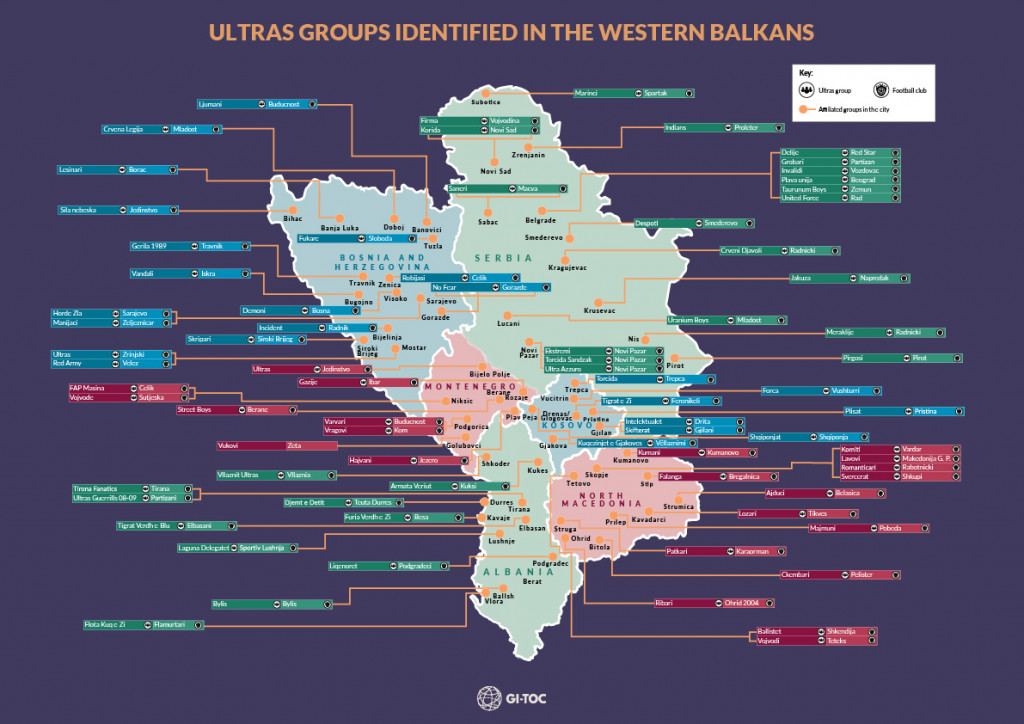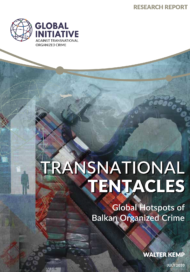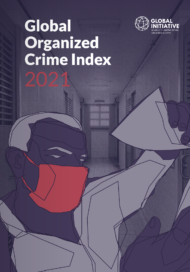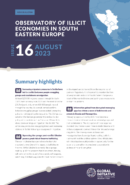Posted on 27 Jun 2022
Football hooliganism has received considerable attention from sociologists and anthropologists, who analyze its cultural aspects, and the police, who look at how to prevent and control it. However, few studies have considered the relationship between football hooliganism and organized crime.
Unlike studies that focus on football hooliganism in particular countries like Croatia or Serbia, where there is extensive research into the links between football and violence, this report fills a gap by analyzing the issue from a broader, regional perspective.
The report begins by mapping the major football supporters’ clubs in each of the Western Balkan countries. It then identifies which of these groups can be considered ‘ultras’. Further analysis singles out which of these ultras groups demonstrate attributes of football hooliganism, and how this hooliganism is linked to organized crime and politics.
This report is careful to make a distinction between ultras and football hooligans:
- Ultras are understood to be groups of hard-core football fans affiliated to a particular team;
- Football hooligans engage in violence within the football milieu and some of these hooligans are involved in organized crime.
The report recommends paying greater attention to the social conditions that motivate vulnerable youth to become involved in football hooliganism, which can serve as an entry point for organized crime. It also suggests ways to identify and sever the links between hooligan groups and organized crime.
Media kit:
📩 Subscribe to the SEE-Obs dedicated mailing list





